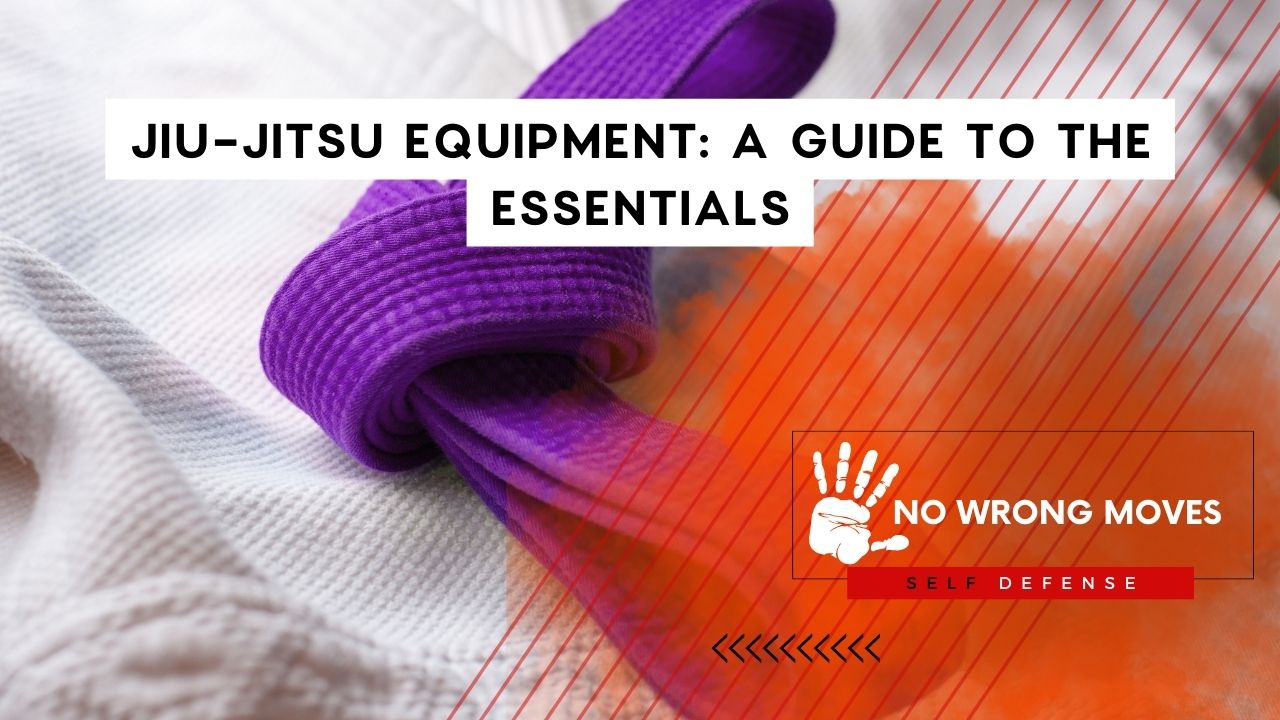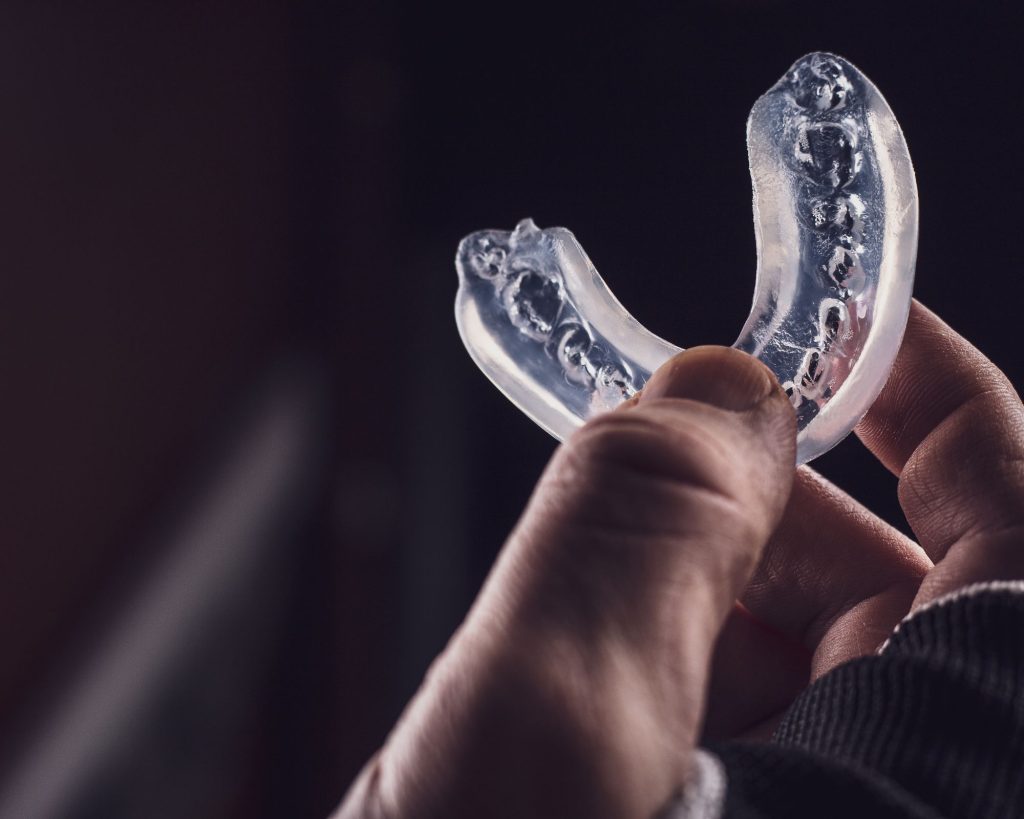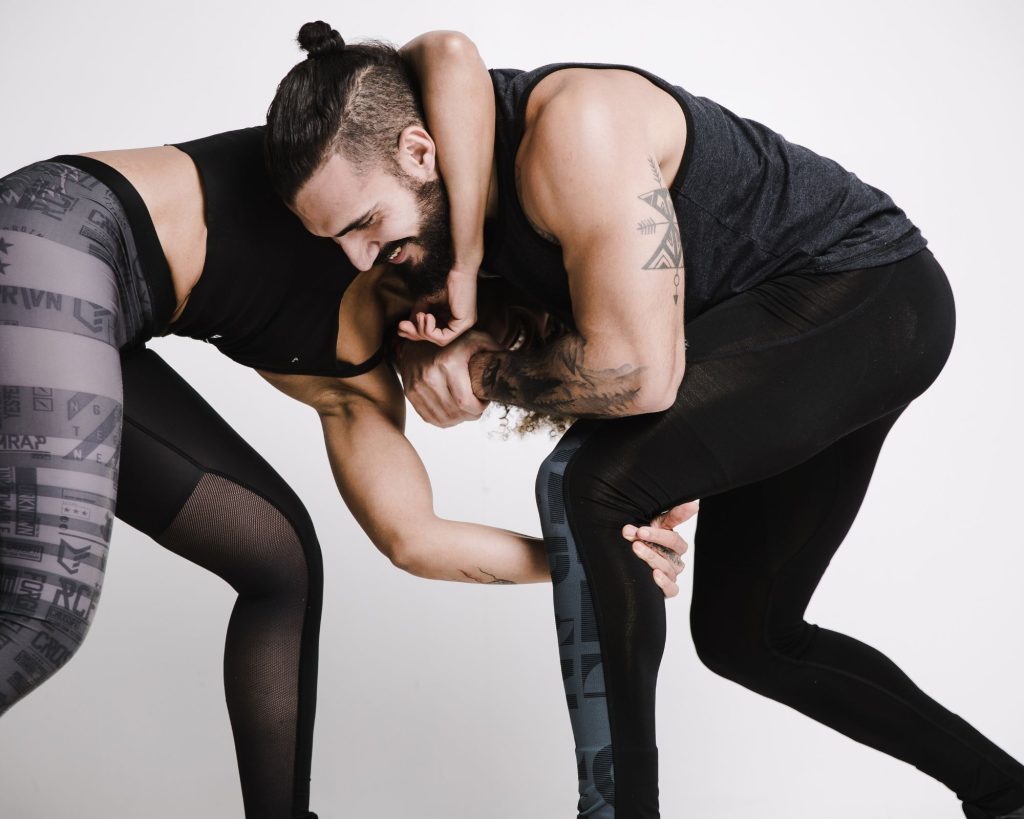
As a Brazilian Jiu-Jitsu enthusiast, having the right equipment is a crucial part of improving your skills and maximizing your performance.
Of course, they can't trump raw determination and practice, but having every advantage you can get your hands on will definitely help you in your journey.
And that's what we're here for! This blog post will discuss the various Jiu-Jitsu equipment you'll need, from the classic Gi to protective materials, helping you make informed decisions when purchasing your gear.
The Gi: A Jiu Jitsu Practitioner's Armor

When buying your first Gi (or Kimono, as others may call it), you may feel overwhelmed with the numerous brands, cuts, weaves, and colors to choose from.
As someone who has spent time training and rolling with different people, I've come to learn that there are a plethora of companies out there making BJJ Gis. It can be overwhelming to sift through all the different brands online or in stores.
So it wouldn't surprise me if you have tons of questions about which BJJ Gi brands are the best--and which ones you should avoid!
But here's the thing: after a while, you start to recognize the qualities of a high-quality Gi, and the brand name becomes less important.
But until you reach that level of expertise, it's always a good idea to stick with BJJ Gi brands that have a good reputation. That way, you can have confidence that you're getting the best bang for your buck.
Size and Cut
Sizing tends to be similar across most manufacturers, but the cut varies. To find the right fit, consider trying on different Gis at your academy. Remember to account for shrinkage after washing when choosing your size.
Thickness and Weave
Different weaves, such as honeycomb, single, gold, pearl, and double, determine the cloth's thickness. Each weave has its own advantages and drawbacks, but a medium-weight gold weave Gi is a great compromise between heavier and lighter weaves.
Color
Although Gis now come in various colors and patterns, it's best to stick with the classic white, blue, or black. Flamboyant colors can distract from your skills, and some federations only permit these three colors in competitions.
Patches and Brands
Having a few patches on your Gi is acceptable, but avoid overloading it with branding. Some notable Gi brands include Origin, Shoyoroll, Atama, Tatami Fightwear, Lucky Gi, and Keiko Sports. However, don't use a Judo suit for Jiu Jitsu, as the tighter cuffs on Jiu Jitsu Gis provide a closer fit.
When it comes to caring for your Gi, wash it after every training session, and avoid using fabric softener. Doing something like that can weaken the fabric! Hang it outside to dry when possible, and remember to wash your belt as well.
No-Gi Training: Rash Guards, Fight Shorts, Mouth Guards

I don't know about you, but getting a new rash guard is always a big deal for me. I mean, it's like a great personal present, right? I'll be sitting at work, refreshing my tracking page and waiting for that sweet, sweet notification that my new gear has arrived.
But you know what totally ruins that excitement? When the rash guard arrives and it just doesn't fit right, or it feels like it's made of subpar materials.
That's why finding a great rash guard for BJJ is so important. It needs to fit well and let you move comfortably, whether you're drilling, rolling, or competing. With so many BJJ gi brands out there, it can be overwhelming to figure out which rash guards are worth your investment.
Rash Guards
While t-shirts are acceptable for no-gi training, rash guards are far superior. Many brands offer high-quality options, but an affordable surf-style rash guard will suffice if you're on a budget.
Fight Shorts
Fight shorts, like those made by Sprawl, are designed specifically for grapplers. However, most board shorts can serve as suitable alternatives, provided they don't have baggy pockets.
Mouth Guards
Protecting your teeth during training or a tournament is no joke. That’s why a good BJJ mouth guard is essential gear for any serious practitioner.
Sure, they might seem a little uncomfortable to wear, but trust me, it’s a small price to pay for preventing serious dental injuries. And let me tell you, the last thing you want is to chip or lose a tooth during a roll.
Protective Equipment

Apart from the things listed above, consider using additional protective gear, such as:
- Gum-shields: Professionally molded gum-shields are best, but inexpensive boil-and-bite alternatives will also work.
- Cup/Jockstrap: These are not recommended, as they can hinder technique and are illegal in competitions.
- Knee Pads: Although Jiu Jitsu-specific knee pads are not available, Nike Volleyball knee pads can protect your knees during training.
- Ear-Guards: Wrestling ear-guards, such as those by Asics, can protect your ears, but they may be more trouble than they're worth for some practitioners.
Conclusion: The Right Jiu-Jitsu equipment
Hopefully after we've done a bit of exploring on this essential Brazilian Jiu-Jitsu equipment list, you have come to appreciate the importance of having the right gear for training and competition.
It's a lot of things to keep track of: the fundamental Gi, protective equipment such as the mouth guard, rash guard, proper rash guards--each of these items plays a vital role in ensuring safety and comfort on the mats.
And while there are plenty of options available, we should always prioritize quality and fit when making purchases.
Now that you're familiar with the essential equipment for Jiu Jitsu, you can make informed decisions when purchasing your gear and focus on improving your skills in the sport.
With this comprehensive guide, I am confident that both beginners and experienced practitioners can find the right equipment to support their BJJ journey. So gear up, hit the mats, and keep training hard!
Curious to read more about BJJ? Click here!
[author-box-jpx-fitness]
